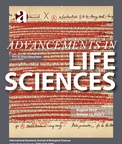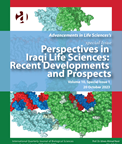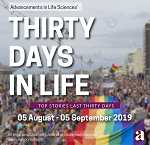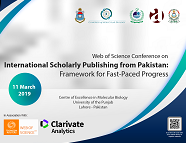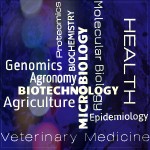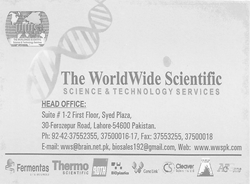Journal Metrics
-
Impact Factor: 0.9 (JCR 2024)
-
Acceptance rate: 24%
-
Submission to initial decision: 14 days
|
-
Submission to final decision: 3 months
-
Acceptance to publication: 9 months
|
Editorial Expression of Concern:
21 May 2025: The internal audit (consequent to concerns on quality raised by Web of Science) notified Advancements in Life Sciences about problems in calculation of the above stats. By this Editorial Expression of Concern, we alert the scientific community as we address the errors.
Editorial Note:
31 May 2025: Journal metrics have been updated as per re-analysis done in light of the inquiry report on the content published in 2024/25. The Expression of Concern is hereby revoked.
Journal Indexing Information
The journal is official data provider for Open Archives Initiative (OAI)* and indexed by Google Scholar, Chemical Abstract Service (CAS) – American Chemical Society and Directory of Open Access Journals.
* Public Knowledge Project/Open Journal System URL is used for providing data to OAI.
 Advancements in Life Sciences is indexed for coverage in the Web of Science: Emerging Sources Citation Index, a new edition of the Web of Science Group. However, it has currently been put 'On Hold'. For more information and updates, please click here.
Advancements in Life Sciences is indexed for coverage in the Web of Science: Emerging Sources Citation Index, a new edition of the Web of Science Group. However, it has currently been put 'On Hold'. For more information and updates, please click here.
 Advancements in Life Sciences is indexed for coverage in Scopus Index. Click on the link below to see our successful evaluation journey.
Advancements in Life Sciences is indexed for coverage in Scopus Index. Click on the link below to see our successful evaluation journey.
https://www.scopus.com/sourceid/21100939985
 "Advancements in Life Sciences (ALS) is recognized by the HEC in 'X' and 'Y' category.
"Advancements in Life Sciences (ALS) is recognized by the HEC in 'X' and 'Y' category.
HEC Recognized Journals
Scope of the Journal
Advancements in Life Sciences (ISSN 2310-5380) provides free platform for the fast peer-reviewed publication of articles covering novel and innovative aspects of biological sciences. Including full length research articles and short communications, we accept material in other categories too view other submission materials. This Journal publishes articles falling in the scope of “life sciences” ranging from molecular biological or genetic discoveries to biochemical systems and new microbiological concepts in human, veterinary and plant sciences. Multidisciplinary research articles, providing novel insight and original information, that would not be publishable in single discipline devoted journals are welcomed particularly in this journal for publication. The following research areas are covered in the Journal:
* Molecular Biology
* Biochemistry
* Plant-biotechnology
* Genomics
* Veterinary sciences
* Microbiology
* Health and Epidemiological studies
Creative Commons License
This website and all of its content is licensed under CC BY NC. This license lets others remix, tweak, and build upon our work non-commercially, and although their new works must also acknowledge us and be non-commercial. More details of the license can be found here.

This work is licensed under a Creative Commons Attribution-NonCommercial 4.0 International License.
